Normal Two Letter Phonics Worksheets for Ages 7-9
17 filtered results
-
From - To
Welcome to our "Normal Two Letter Phonics Worksheets" designed specifically for children aged 7-9! These interactive and engaging resources are perfect for helping young learners master essential phonics skills. Each worksheet focuses on two-letter phonics, encouraging kids to identify sounds, blend letters, and enhance their reading fluency. With a variety of fun activities, including matching exercises and sound recognition tasks, these worksheets foster both independent learning and guided instruction. Parents and teachers will appreciate the ease of use, while children will enjoy the colorful designs and approachable format. Enhance your child's phonics knowledge with our expertly crafted worksheets today!
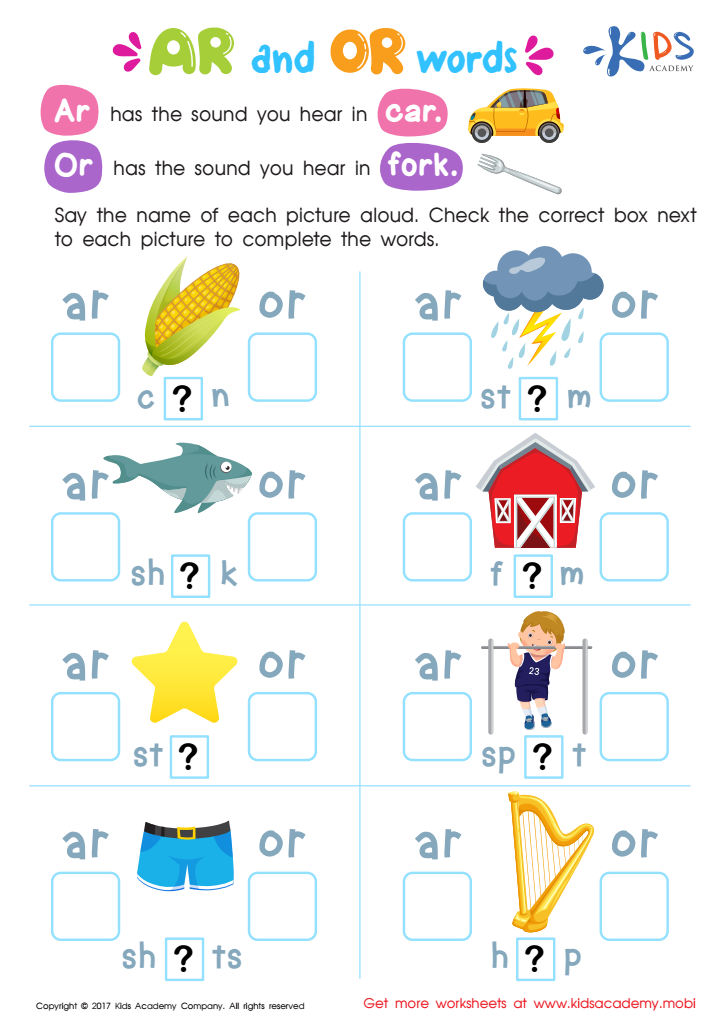

Ar and Or Words Phonics Worksheet
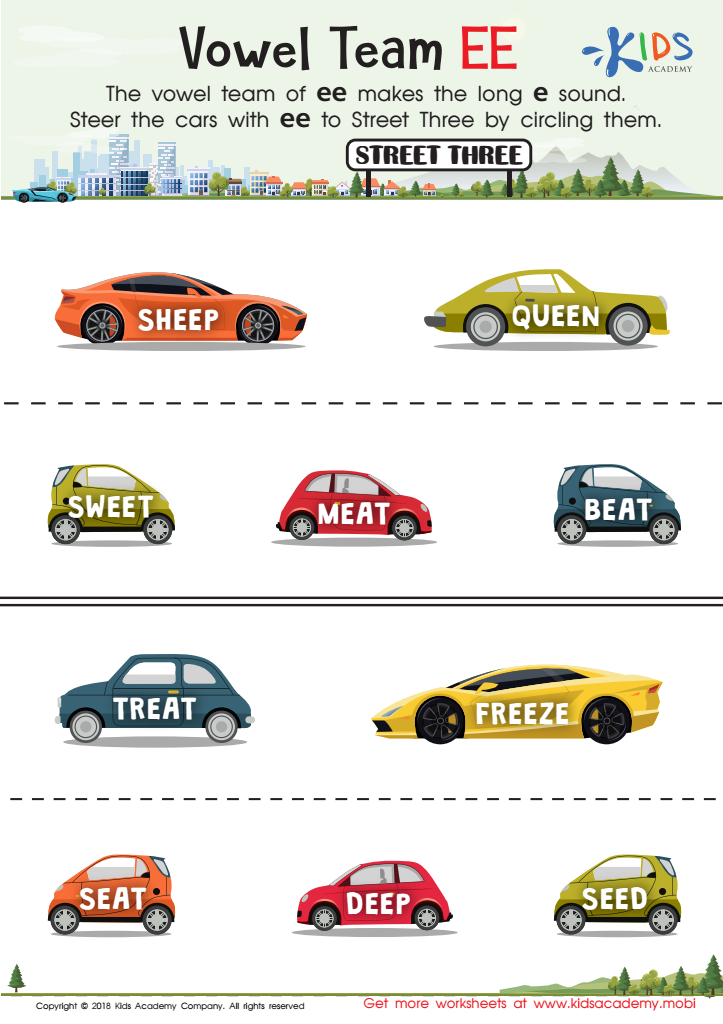

Vowel team ee Worksheet
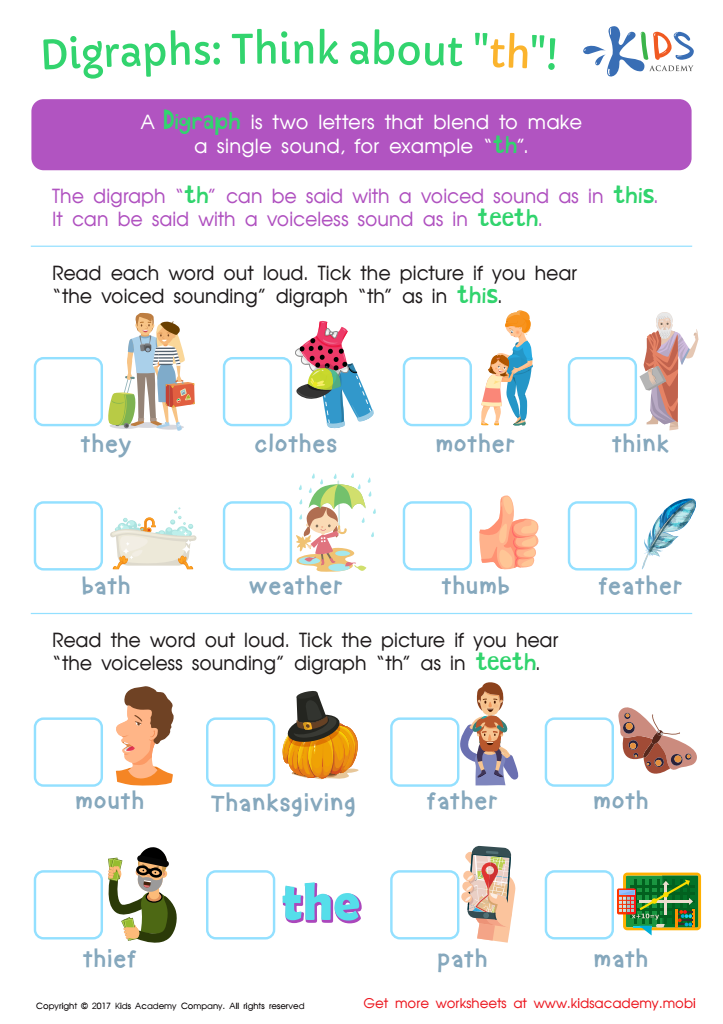

Digraphs: Think About "th" Worksheet


Blending Consonants: "Fl", "Bl" and "Gl" Printable
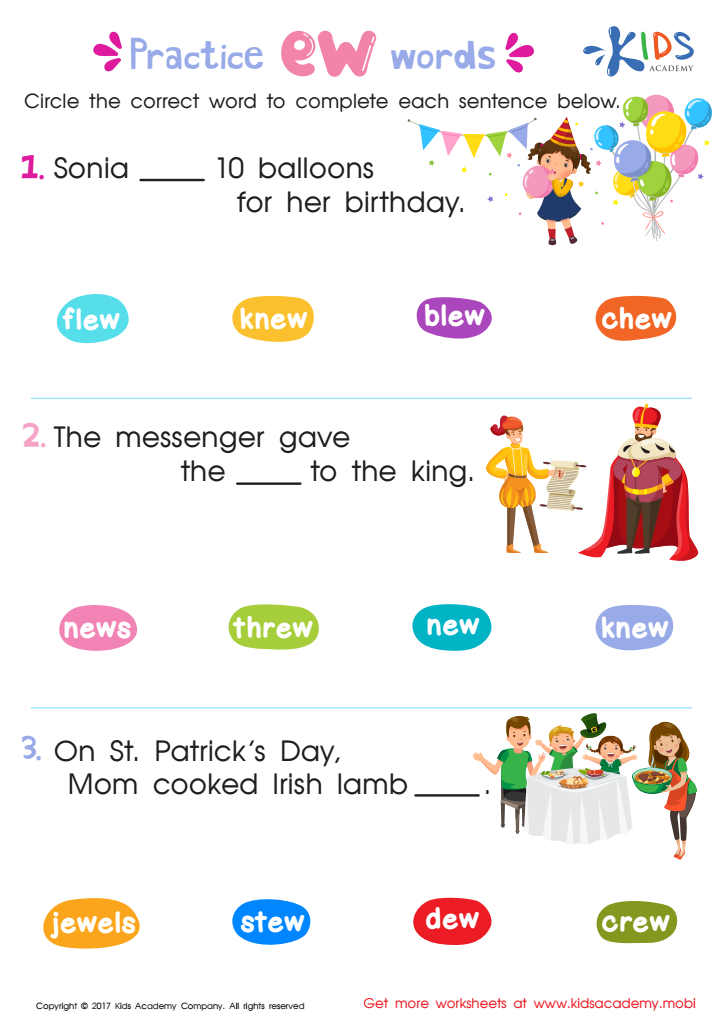

EW Words Worksheet


Vowel Diphthongs OI OY Worksheet
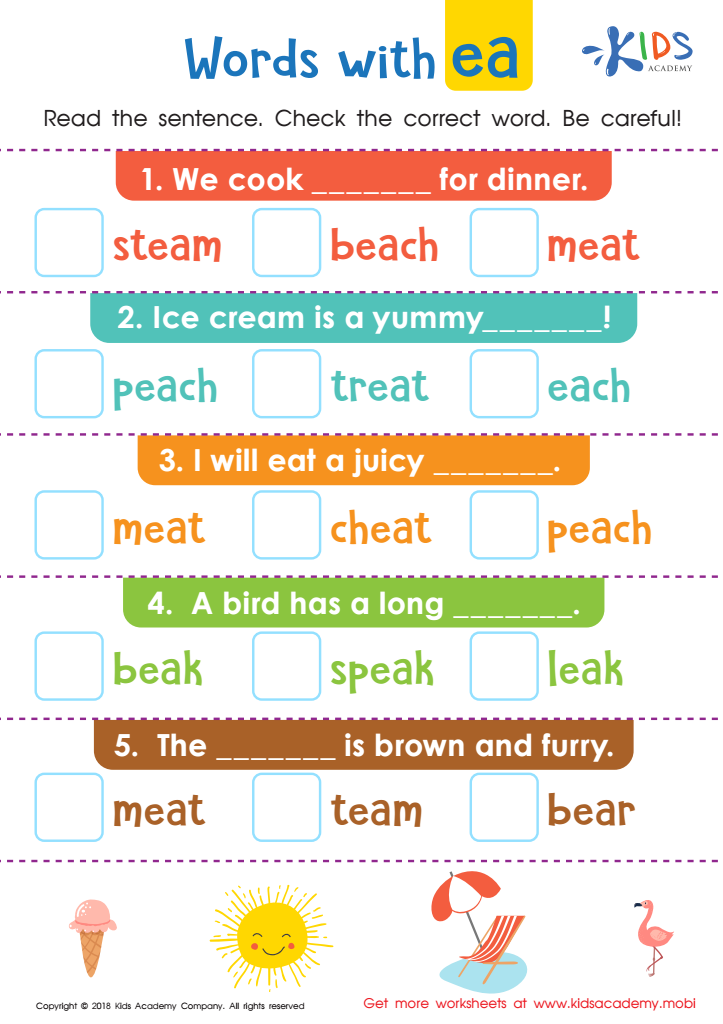

Words with ea Worksheet
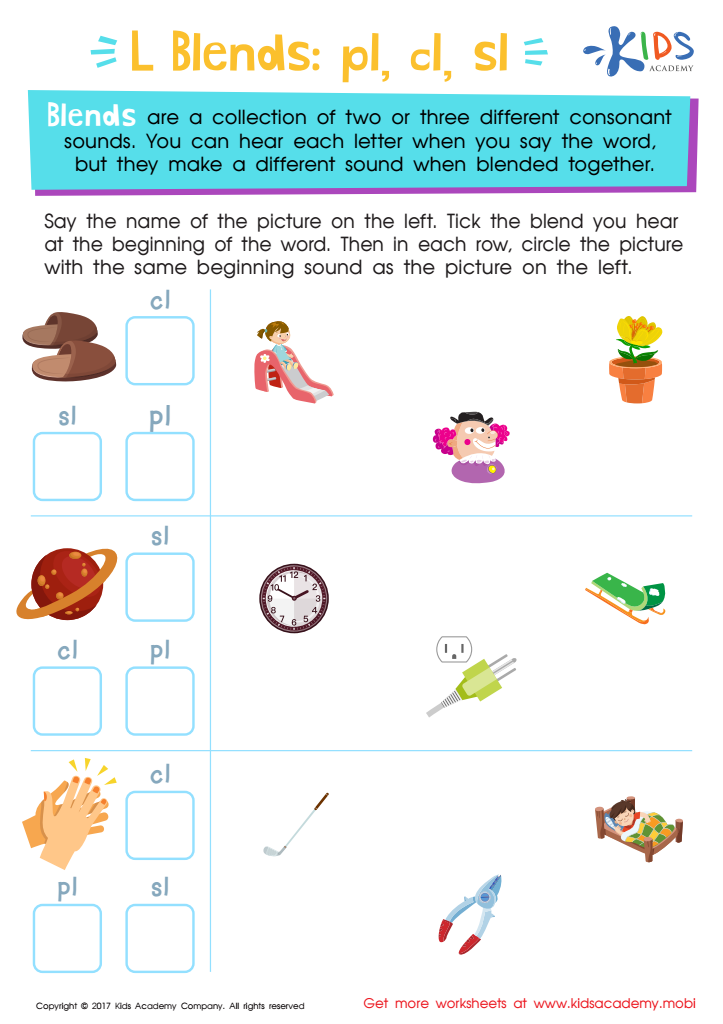

L Blends: "Pl", "Cl" and "Sl" Printable
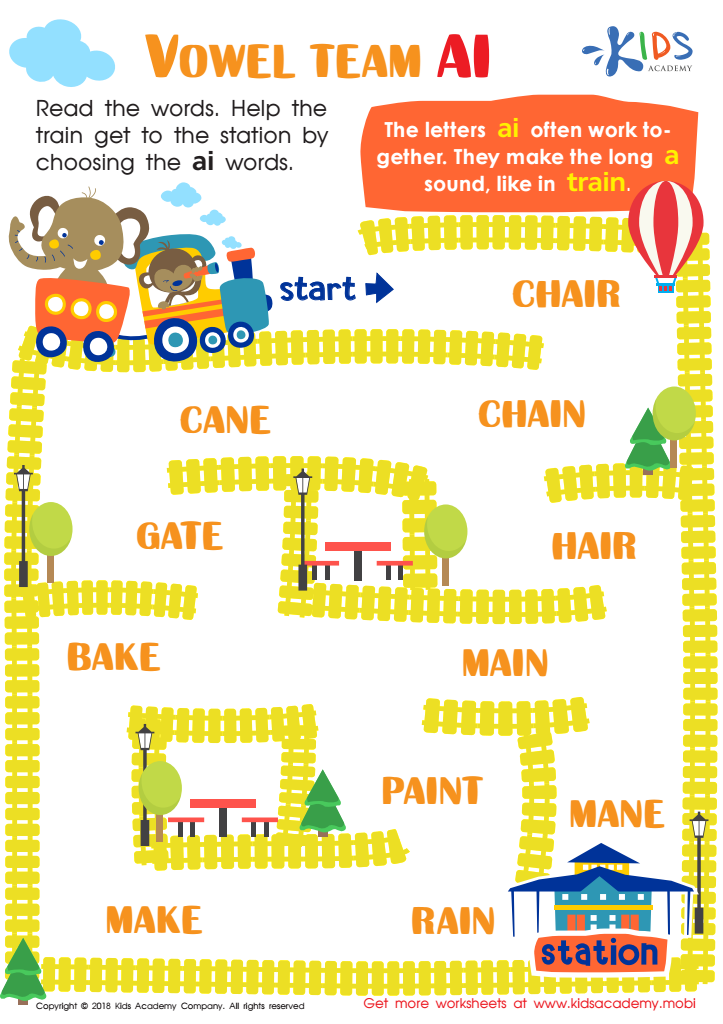

Vowel team ai Worksheet


Two Sounds for OO Worksheet
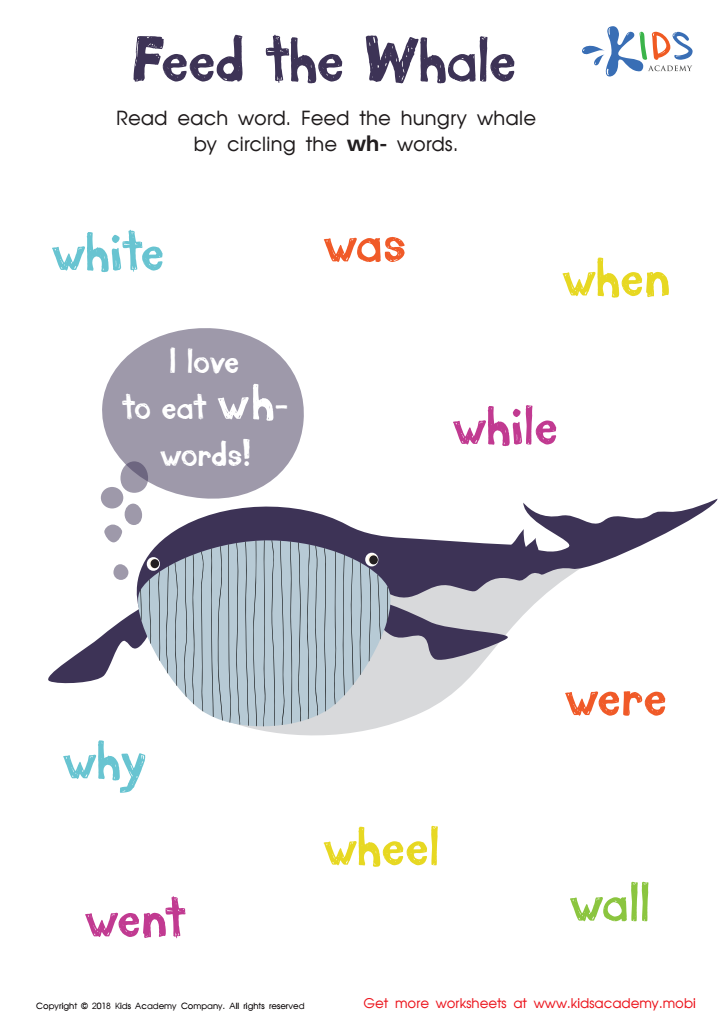

Feed the Whale Worksheet


Medals: Al Spelling Worksheet


Missing Digraph: Part 2 Worksheet
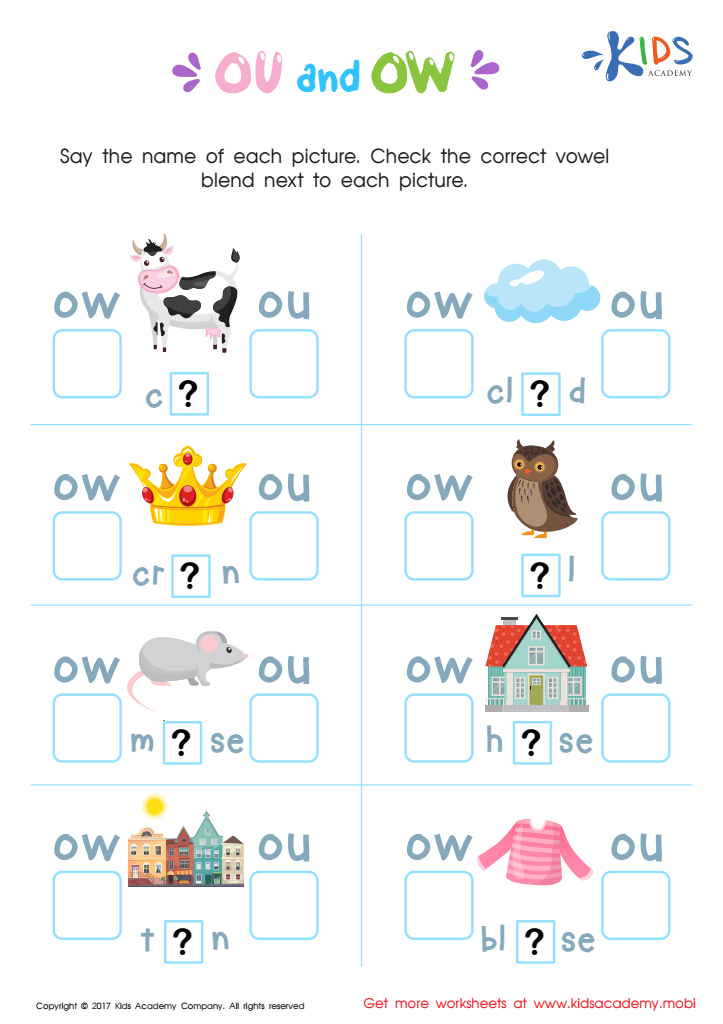

OU and OW Words Worksheet


Consonant Blends: "Dr" and "Tr" Printable
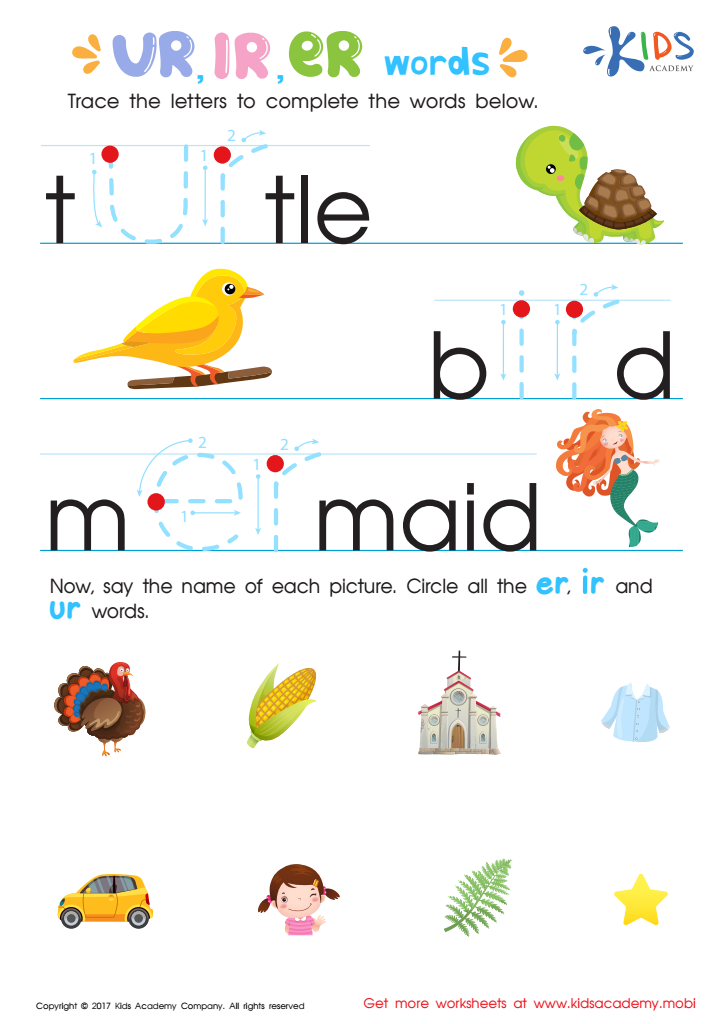

IR UR ER Words Worksheet
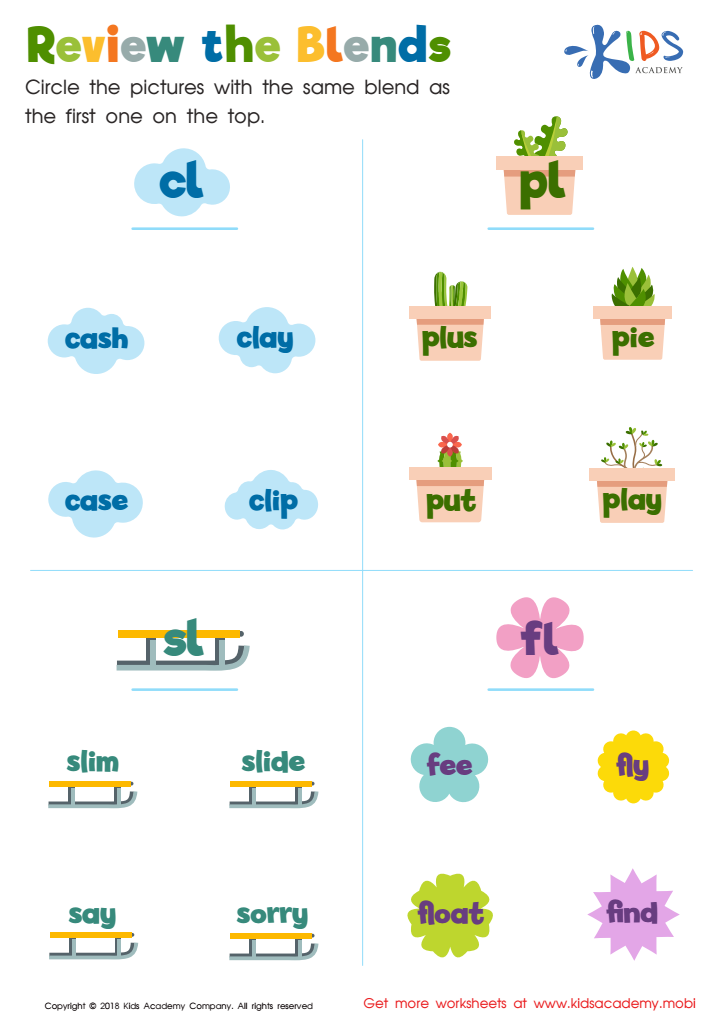

Review the Blends Worksheet
Parents and teachers should care about Normal Two Letter Phonics for children aged 7-9 because it forms the foundation for reading and writing skills. At this critical stage, children are transitioning from learning to read to reading to learn. Understanding phonics, especially the two-letter combinations, helps them decode words more efficiently, enhancing their fluency and comprehension.
Normal Two Letter Phonics allows children to recognize common sounds and patterns in words, making it easier for them to tackle more complex vocabulary. It promotes confidence as children gain the ability to read independently, which is crucial for their academic success. Moreover, early phonics instruction has been linked to improved literacy outcomes; if children struggle with these fundamental skills, it can lead to long-term challenges in education.
Teachers can tailor lessons to reinforce phonetic concepts, while parents can support learning at home through engaging activities like word games and reading together. This collaborative approach reinforces the importance of literacy in daily life, fostering a love for reading. Addressing phonics skills promptly will empower children and provide them with tools not only for academic achievement but for lifelong communication skills. In summary, investing in phonics at this age is essential for fostering skilled, confident readers.

 Assign to My Students
Assign to My Students











